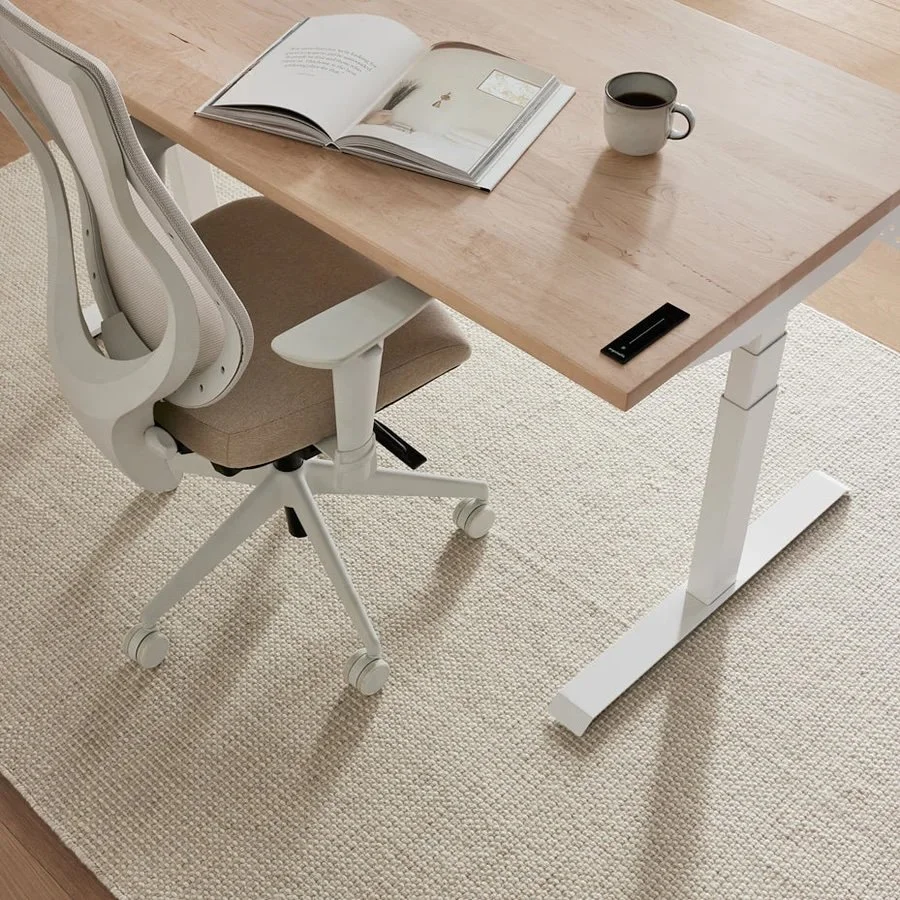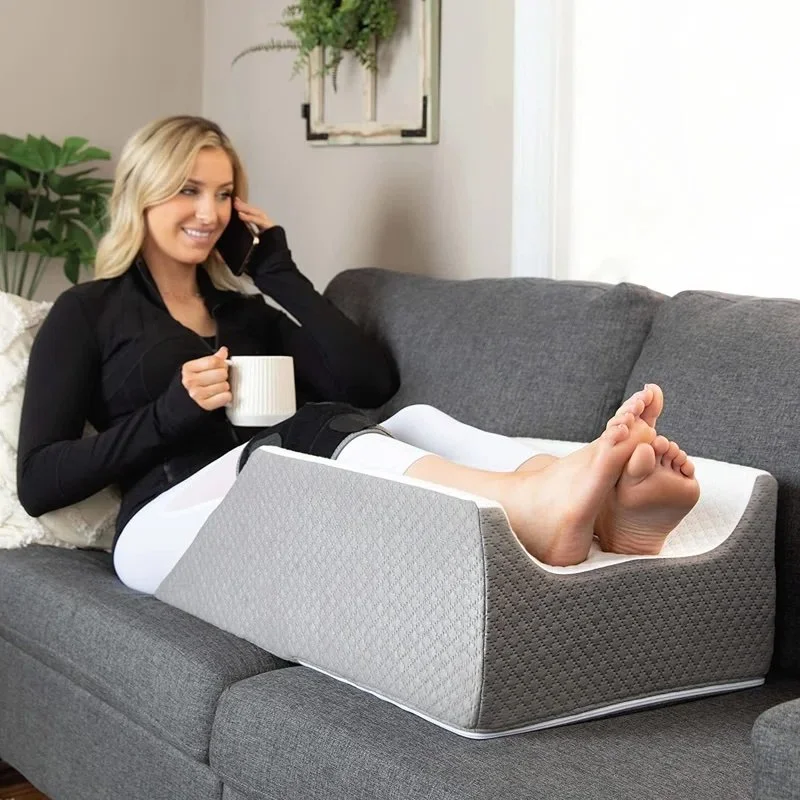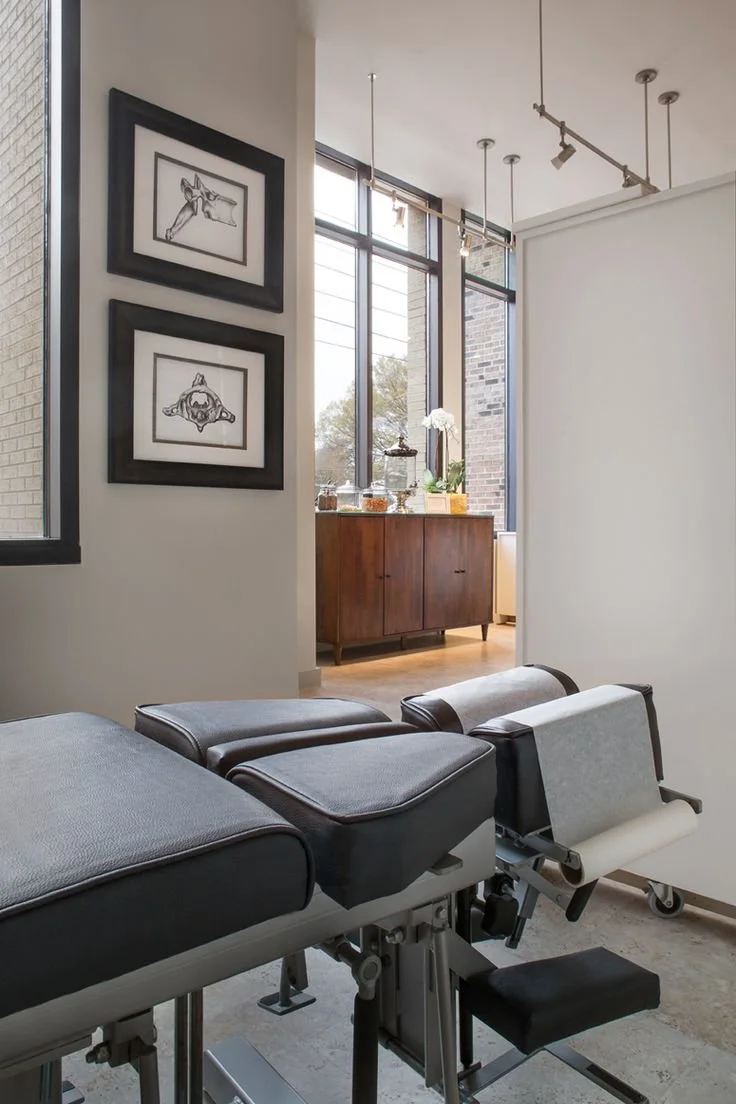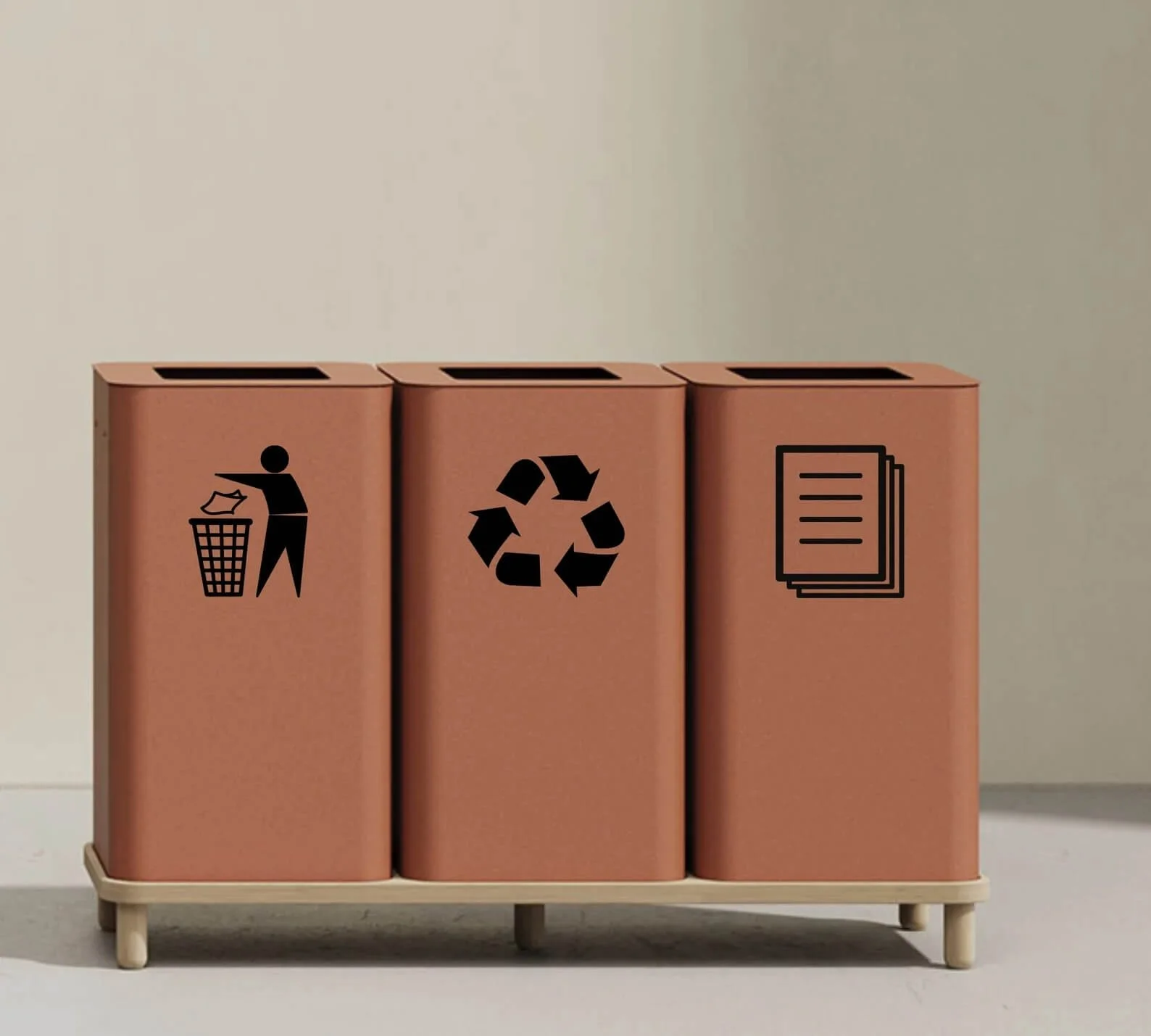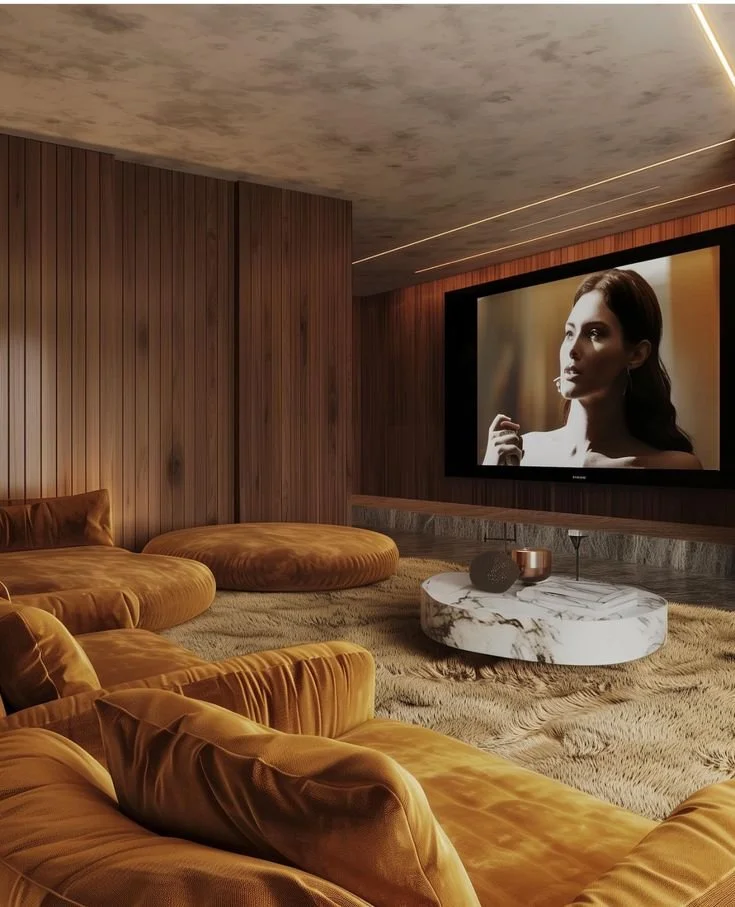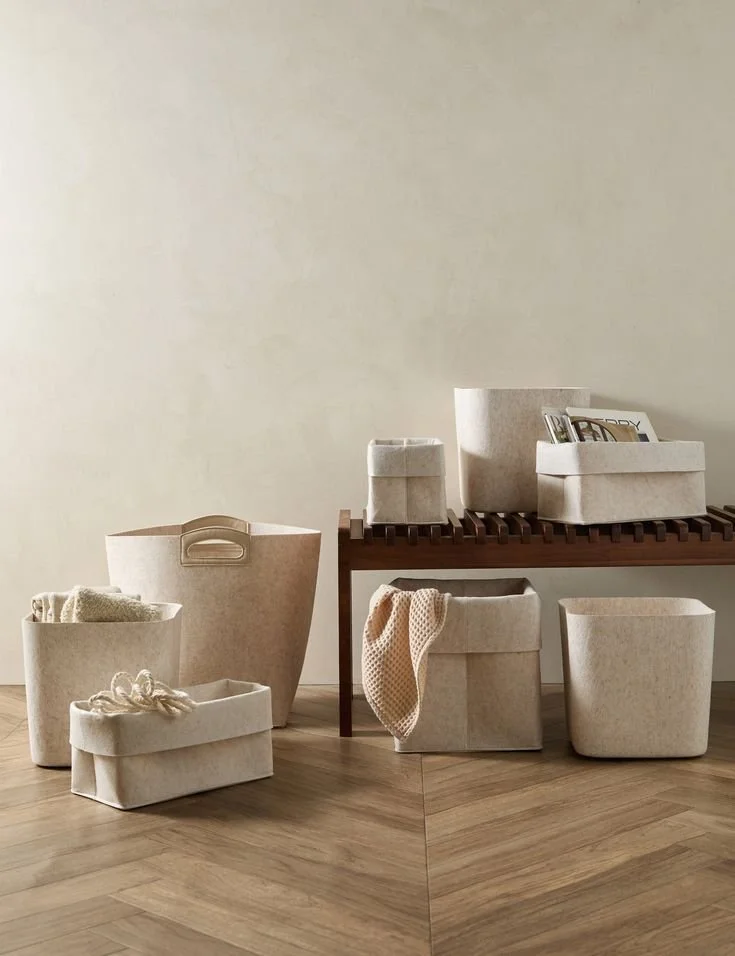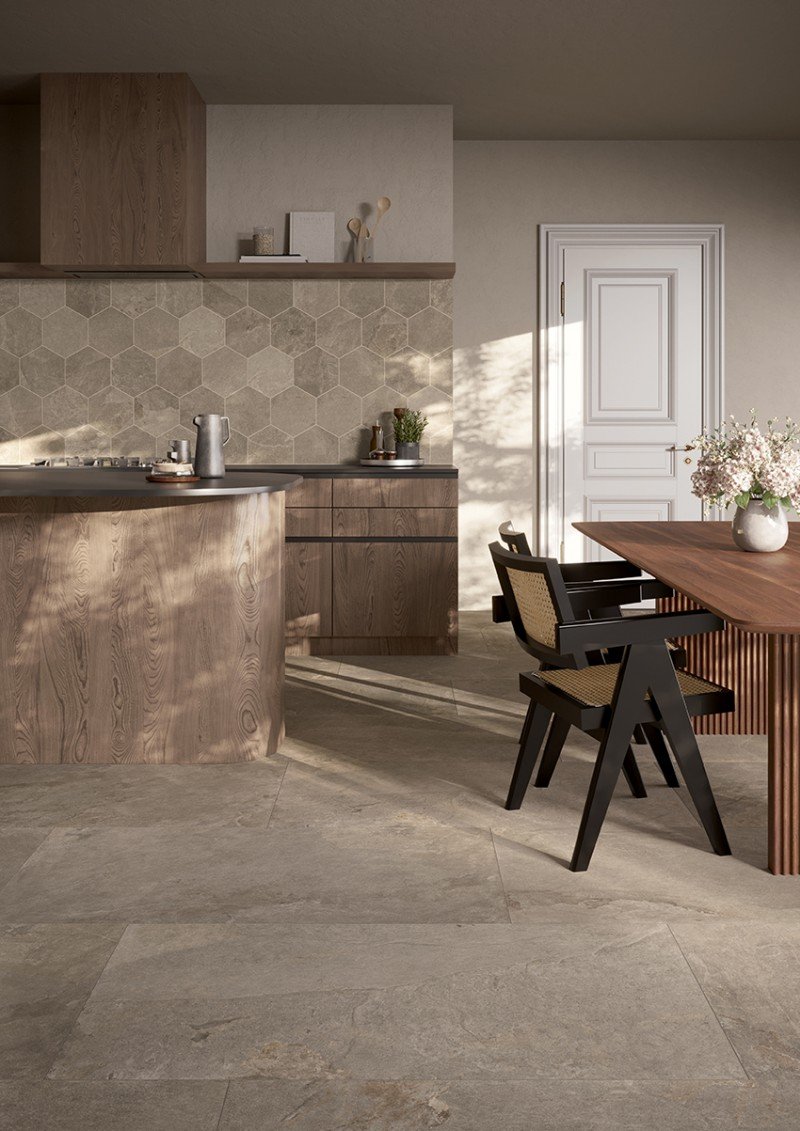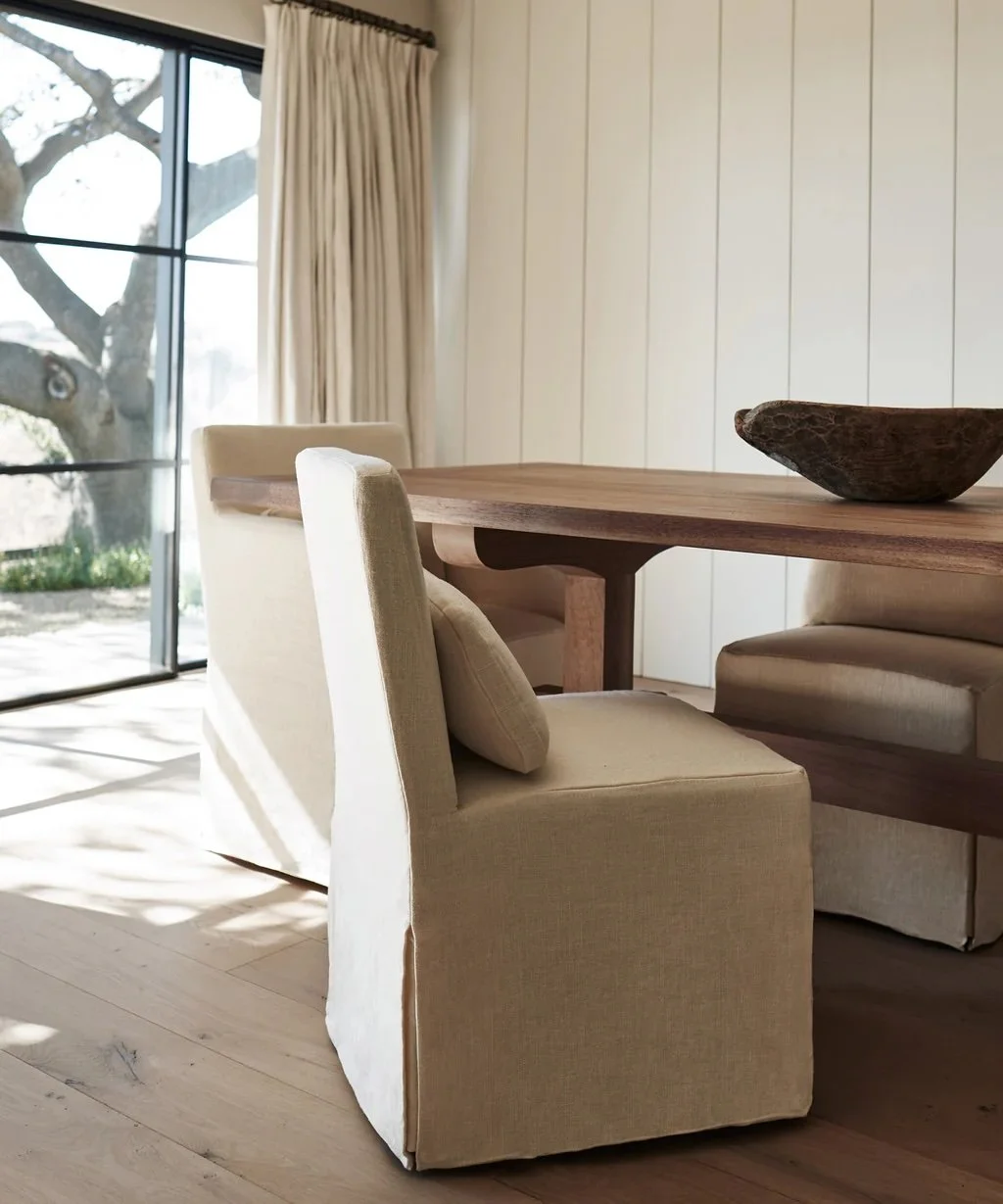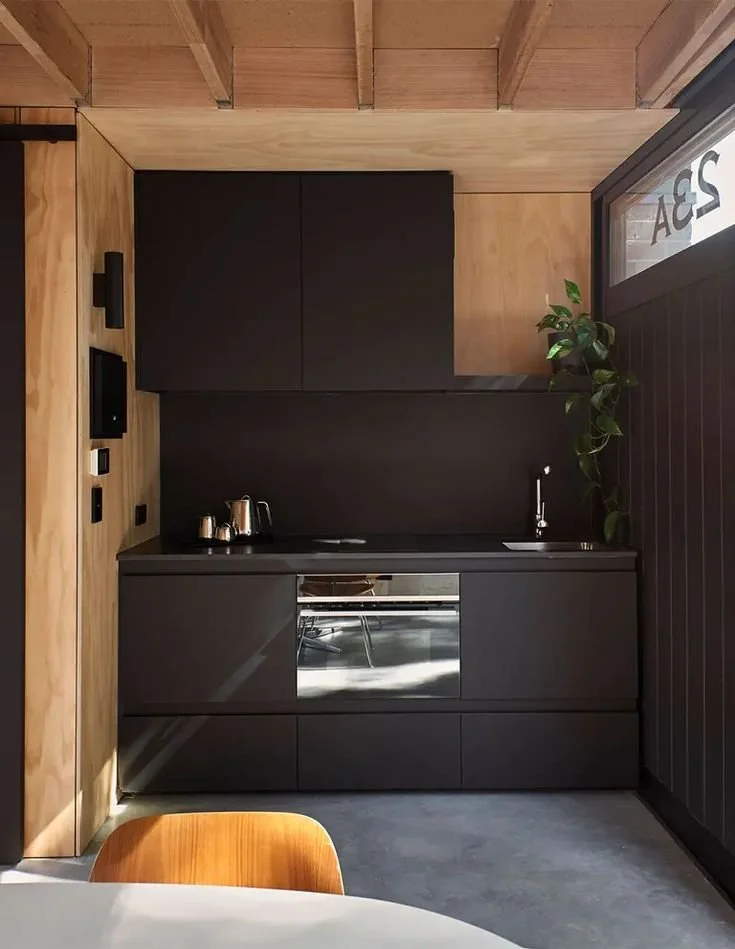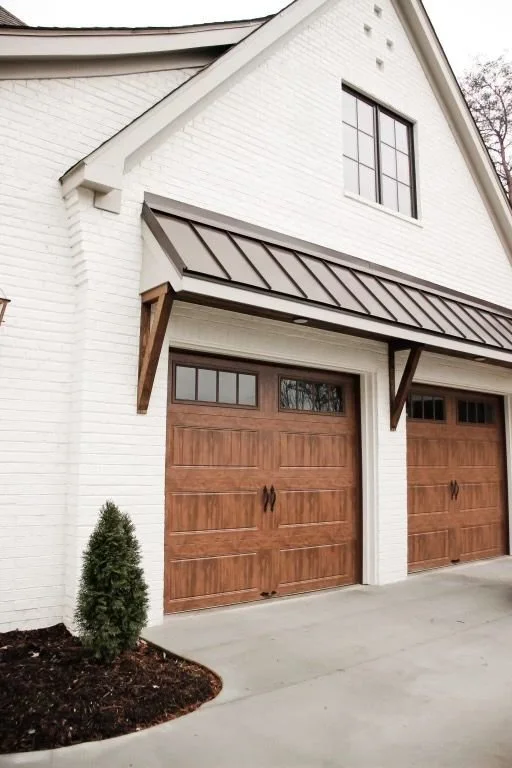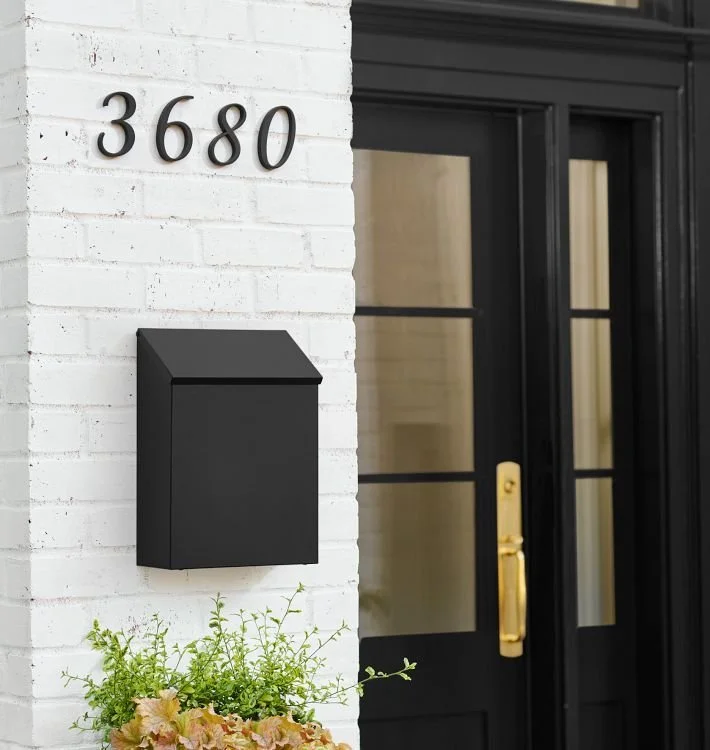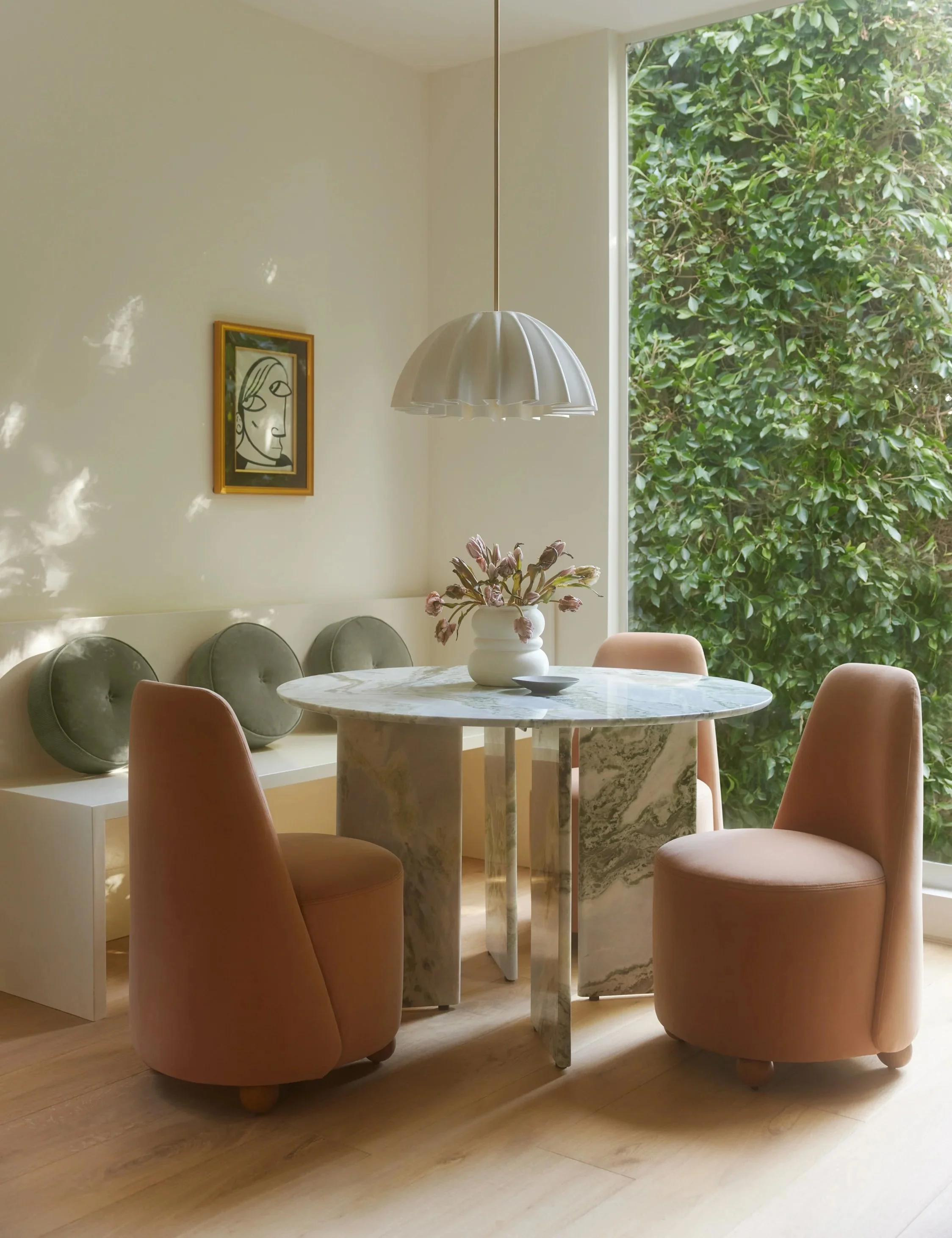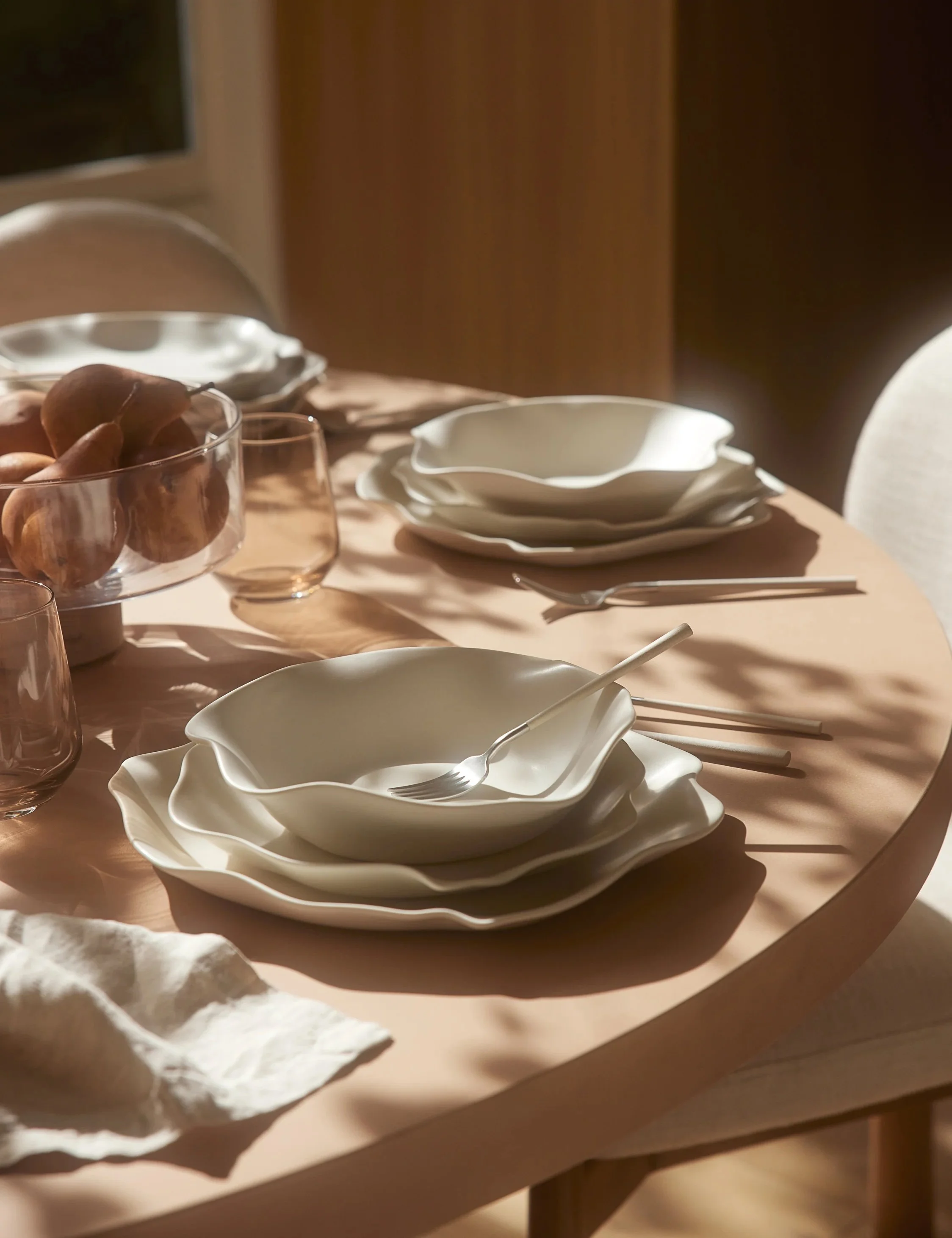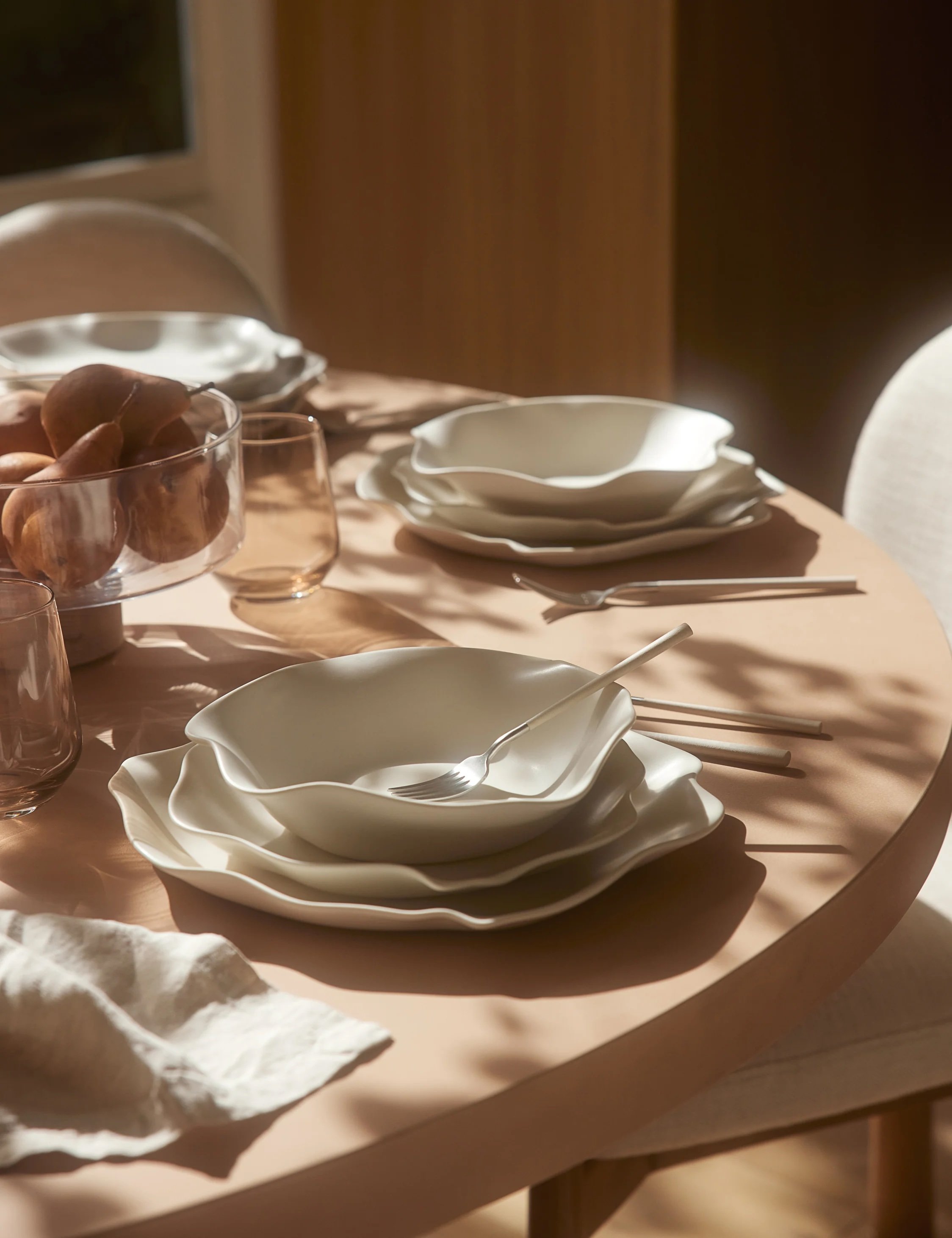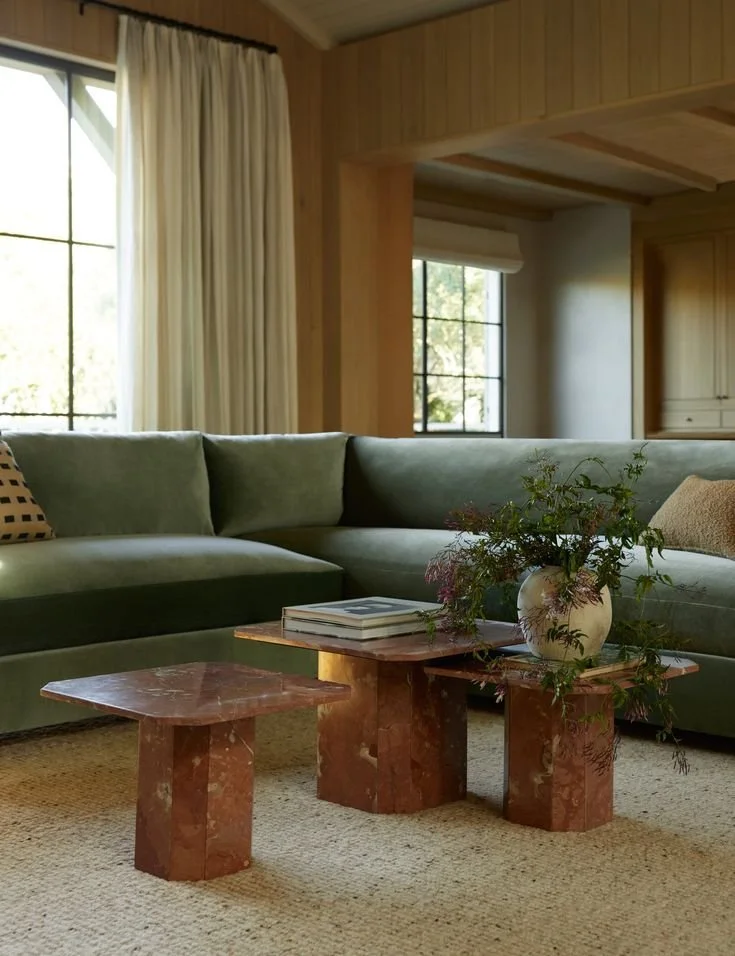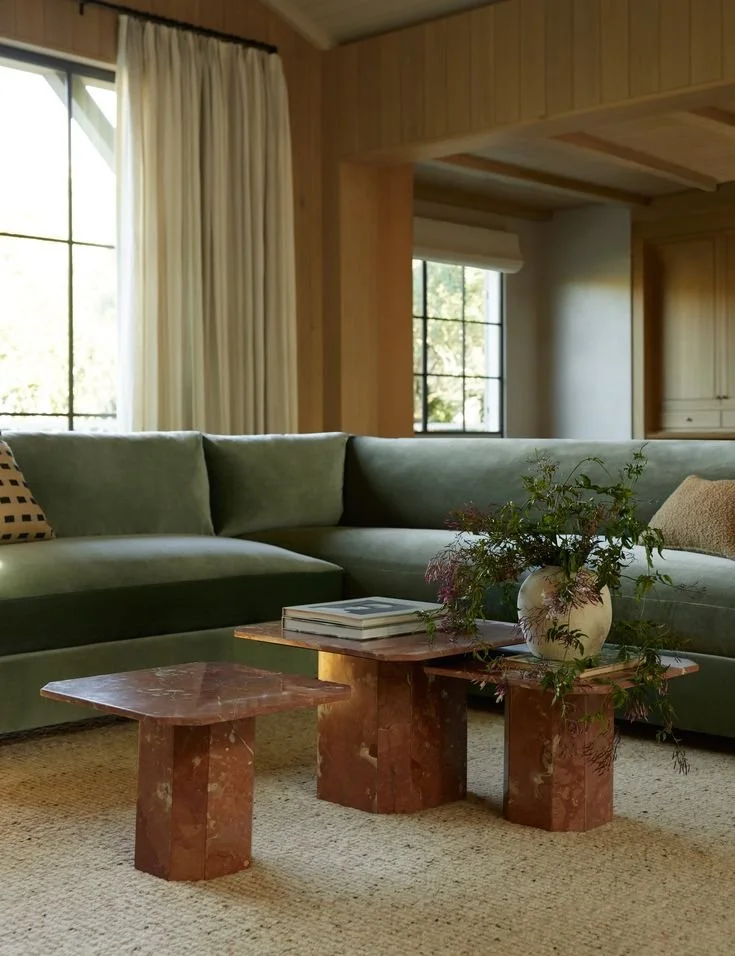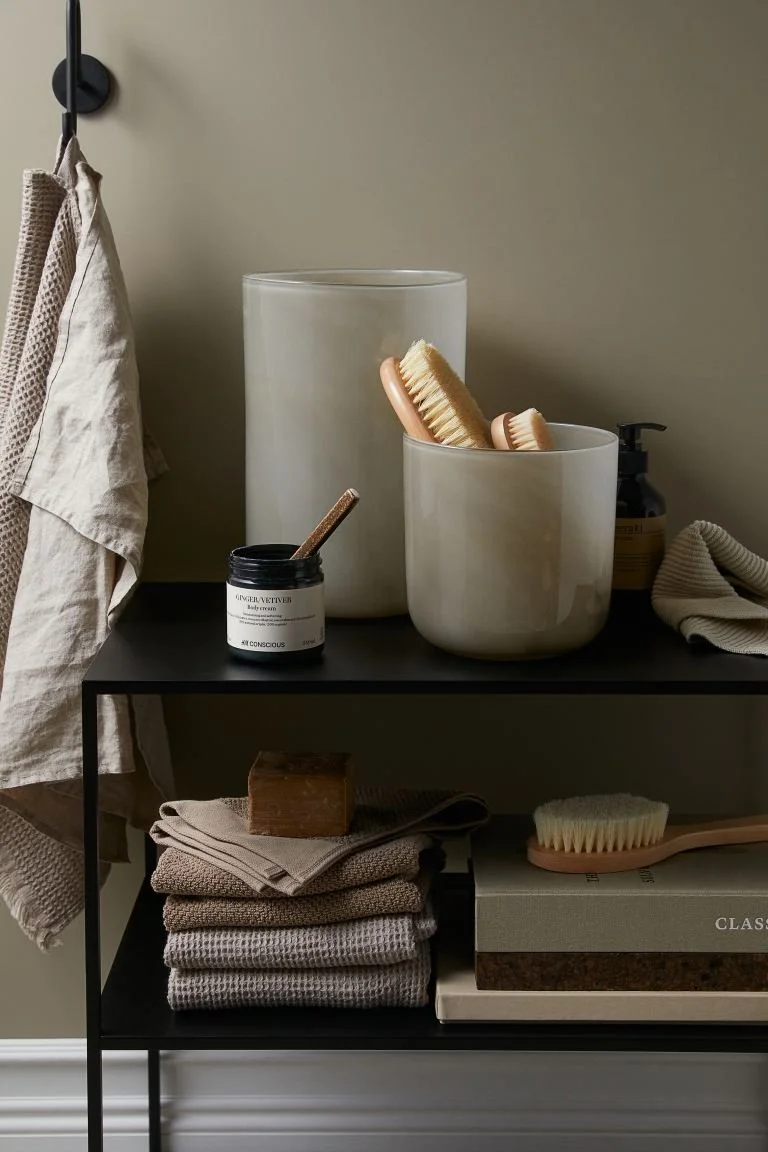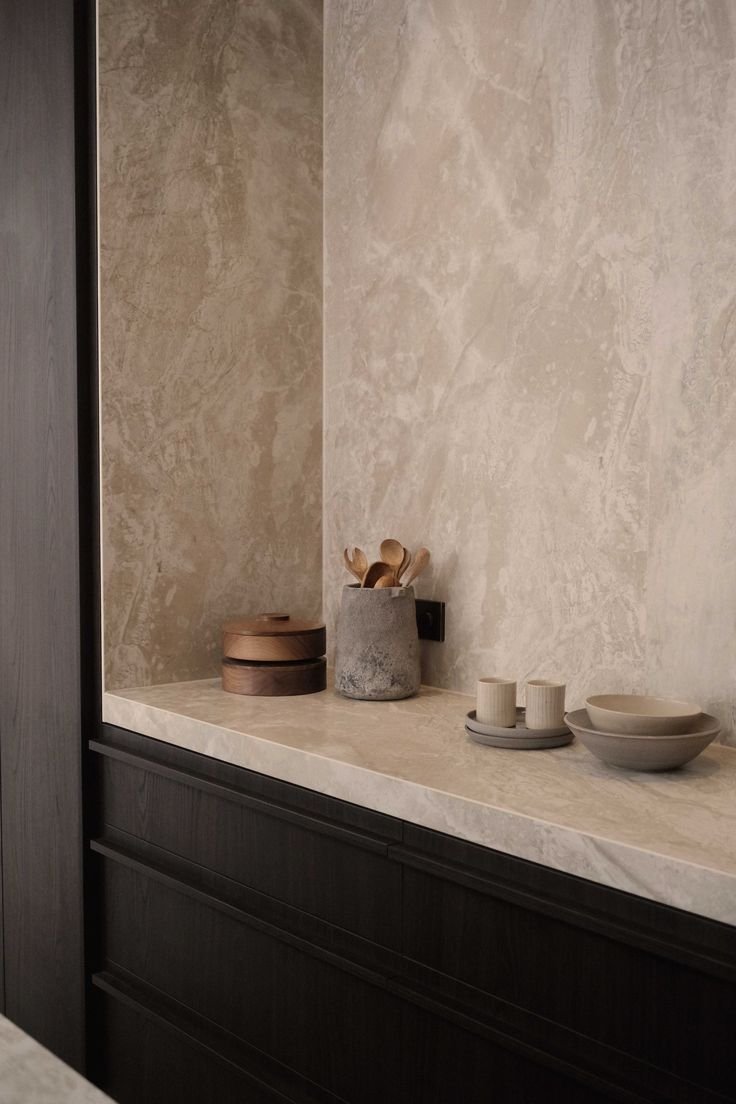Tackling the complex and often overwhelming legal process that follows a car accident is something for which we may feel unprepared. Such unexpected accidents can leave us feeling disoriented and emotionally shaken, as the shock and chaos can take a significant toll on our well-being. Furthermore, dealing with the intricate legal and financial aftermath adds another challenging layer of stress to an already difficult situation, making it all the more essential to seek guidance and support during this trying time.
Understanding insurance claims and courtroom procedures is crucial for achieving a fair and just outcome in any legal situation. In this article, we guide you through the essential steps involved, such as gathering pertinent evidence, collaborating with insurance adjusters, and addressing other key aspects of the intricate car accident lawsuit process. By following these guidelines, you will be better equipped to navigate the complexities of your case.
No. 1
Involvement of Insurance Companies
Insurance companies play a crucial role in these types of cases, as they are responsible for compensating individuals who have been injured or suffered damages in a car accident. In most cases, the insurance company of the at-fault driver will be responsible for covering the costs and damages incurred by the victim.
This can include the following:
Medical expenses
Property damage
Yet, insurance companies may try to cut their payout and may even deny a claim, which is why having a knowledgeable personal injury lawyer by your side is crucial in a car accident lawsuit involving insurance companies.
No. 2
Collection of Evidence
Gathering evidence is a key part of handling a car accident case. This means collecting medical records, police reports, witness statements, and photos of the scene. The goal is to establish what happened, figure out who's at fault, and help the court make a fair decision.
Both the person bringing the lawsuit and the person being sued need strong evidence to back up their claims. An experienced lawyer will use this evidence to build a solid case, negotiate a fair settlement, or defend you in court. In short, collecting evidence is crucial for a successful car accident lawsuit.
No. 3
Negotiations and a Settlement Offer
One important aspect of a car accident lawsuit is the negotiations and settlement offer that take place between the parties involved. This is where both sides come together to discuss and potentially reach a resolution outside of court. Negotiations can involve discussions on liability, the extent of injuries and damages, and the amount of compensation to be paid.
A settlement offer may be presented by one side as a way to resolve the case without going to trial. Yet, it is important to have a skilled attorney representing you during these negotiations to ensure that your rights are protected and a fair settlement is reached.
No. 4
The Case May Go to Court
This means that the parties involved were unable to come to a settlement outside of court and a judge or jury will decide the outcome of the case. If you were involved in a car accident where you were not wearing a seatbelt and are seeking damages, it is crucial to find a professional who specializes in these types of cases.
They will have the knowledge and experience to navigate the legal system and help you in the process of claiming damages without seatbelt. Yet, it is important to keep in mind that the case may still potentially go to court, and having a skilled and experienced professional on your side can benefit your case.
Takeaways
Understanding the legal process associated with a car accident lawsuit can often feel overwhelming and intimidating, but being well-informed about what to expect can significantly help ease some of the stress and anxiety that may arise. Remember to diligently gather all necessary evidence, work closely with a skilled and experienced attorney, stay organized throughout your case file, and above all, remain patient throughout each step of the process to achieve the best outcome possible.
Your rights, as well as the fair compensation you are justly entitled to, deserve to be thoroughly protected and respected. It is essential to make sure to take the necessary steps for comprehensive car crash legal support with unwavering confidence and assurance, ensuring that your interests are safeguarded during this challenging time.
LOOKING For HOME RESOURCES?
Looking to enhance your living space and create a sanctuary that supports your well-being? Explore our home partners who offer a wide range of resources to elevate your home environment.



















